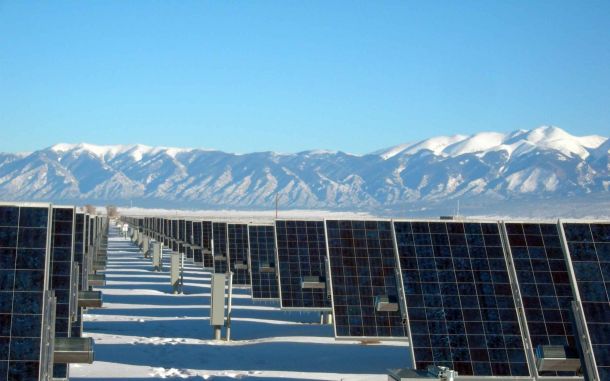Hydroelectric Power Plants
Hydroelectric power plants have been used for decades to generate electricity from flowing water. They have proven to be an efficient and reliable source of renewable energy, contributing to the energy mix of many countries worldwide, including the United States.
Hydroelectric Power in the USA
According to the US Energy Information Administration (EIA), hydroelectric power accounted for approximately 7% of electricity generation in the US in 2019. The country has a total installed capacity of 102,000 megawatts (MW) of hydroelectric power, with the majority of it located in the Pacific Northwest and Southeast regions.
The hydroelectric industry in the US has seen little growth over the past decade, with only a few new plants being built. The majority of hydroelectric power plants in the US were built between the 1930s and the 1970s, and many of them are now reaching the end of their useful lives. However, the US government has recently invested in upgrading existing facilities, such as the Grand Coulee Dam in Washington State, which has undergone a significant modernization project.
Hydroelectric Power Worldwide
Hydroelectric power is one of the most widely used renewable energy sources in the world, accounting for approximately 16% of electricity generation globally. China, Canada, Brazil, and the United States are the world’s largest producers of hydroelectric power.
Many countries have been investing in new hydroelectric projects over the past decade, with China leading the way in the construction of large-scale dams. However, some environmental groups have raised concerns about the impact of large dams on river ecosystems and surrounding communities.
Advantages and Disadvantages of Hydroelectric Power
Hydroelectric power has several advantages over other forms of renewable energy. It is a reliable source of energy that can be quickly dispatched to the grid, making it a valuable tool for balancing variable wind and solar power. It also has a long lifespan, with some hydroelectric plants remaining in operation for over a century.
However, hydroelectric power also has some disadvantages. The construction of large dams can be expensive and disruptive, requiring the displacement of communities and the flooding of vast areas of land. Dams can also have adverse impacts on river ecosystems, altering natural water flow patterns and causing erosion downstream.
Sources
The following sources provide more information on hydroelectric power and its use in the US and worldwide over the past decade:
- US Energy Information Administration (EIA): The EIA provides data on energy production, consumption, and prices in the US, including information on hydroelectric power.
- International Hydropower Association (IHA): The IHA is an international organization that promotes the use of hydropower as a sustainable and renewable source of energy.
- National Hydropower Association (NHA): The NHA is a trade association that represents the US hydroelectric power industry and works to promote the benefits of hydropower.
- World Energy Council (WEC): The WEC is an international organization that promotes sustainable and affordable energy for all, and provides information on global energy trends and developments.
Conclusion
Hydroelectric power continues to be a reliable and renewable source of energy in the US and worldwide, with several new projects under construction or in the planning stages. While there are concerns about the environmental impacts of large-scale hydroelectric projects, new technologies and best practices are being developed to address these issues. As countries work to transition to cleaner energy sources, hydroelectric power will likely remain an important part of the energy mix for years to come.

